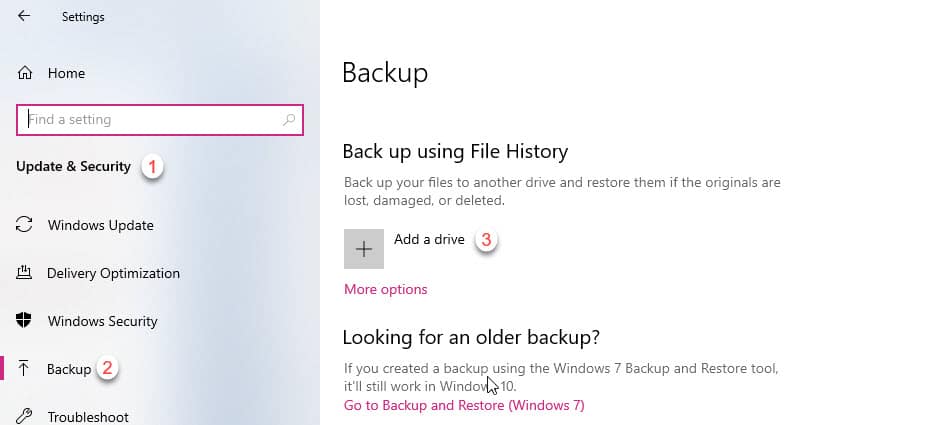
The second option that you have is to clean up File History versions. The longer the check interval, the less space File History uses on the hard drive.įor "keep saved versions", you may set the interval between "until space is needed" to forever. For "saved copies of files", you may set it between "every 10 minutes" to daily. Simply click on each menu and select a different interval or time period. The next screen displays the current values for "save copies of files" and "keep saved versions".
You may alternatively tap on Windows, type File History, and select File History Settings from the results. Locate File History and select the option. Tap on the Windows-X key on the keyboard, and select Control Panel from the menu that opens up. File History will take up less space if you shorten it. You can use third-party print logging software like PaperCut Print Logger to view your long-term printer history instead.The time period in which saved versions of files are kept is also of importance. While the Event Viewer is functional, it doesn’t provide the clearest view of your printed documents. You can minimize the other categories, leaving the “Printing a Document” category to display only a list of your previously printed documents. Your items will now be separated by category. To do so, right-click the “Task Category” heading and then click the “Group Events by This Column” button. To make it easier to sort, you can group your print log by categories, making it easy to separate the “Printing a Document” events into their own section. Failed prints will also appear in this category. Under the “Task Category” section, items listed as “Printing a Document” are documents that have been successfully printed. To do so, find and open the “PrintService” category and then click on the “Operational” log.Ī history of all Windows printer events will be listed, from initial printer spooling to completed or failed prints. Once your printer history is enabled, you can access it at any time from the Event Viewer. 
Windows will now automatically save the printer history for all of your installed printers to a log file that you can access within Event Viewer.

The larger the size, the longer Windows will record your printed document history.Ĭlick the “OK” button to save the setting. Scroll down to find the “PrintService” category.įrom here, right-click the “Operational” log and then click the “Properties” button.Ĭlick to enable the “Enable Logging” checkbox and then set a maximum size for the log. This will reveal a significant number of Windows services. In the Windows Event Viewer, click Applications and Services Logs > Microsoft > Windows in the “Event Viewer (Local)” menu on the left. The Event Viewer will allow you to view a list of previously printed files, but you’ll need to set Windows to begin logging your long-term printer history first.






 0 kommentar(er)
0 kommentar(er)
